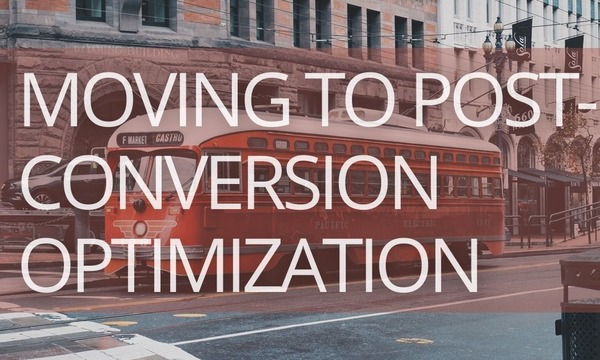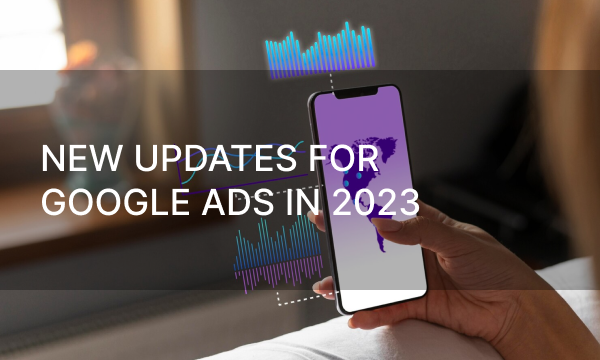Over the past years, digital marketing has grown in popularity and efficiency with all the different advertising tools, techniques and methods that the online world offers. Many businesses moved from traditional advertising to promoting their product on the web and forgot all about how they used to advertise before. This shift in popularity has really taken a toll on real life advertising methods, but is it really over for traditional marketing?
What Is Traditional Marketing?
Traditional marketing encompasses all offline advertising methods that consumers encounter in their daily lives, such as phone calls, direct mail, billboards, and street flyers. The term “traditional marketing” emerged with the advent of digital marketing to distinguish between offline and online approaches to promoting products or services.
Over the years, traditional marketing has evolved into several major categories:
Print media: This includes magazines, newspapers, street flyers, info cards, marketing coupons – essentially any printed material distributed locally or given directly to consumers. The primary goal of print advertising is to reach as many people as possible at a given time;
Direct Mail: Marketing materials such as letters, catalogs, postcards, and promo gift boxes fall into this category. Direct mail aims to capture attention on an individual level and create a stronger connection with potential customers;
Telemarketing: An extension of direct mail , telemarketing also aims to build a personalized connection with customers through real-time conversations. Whether offering propositions or conducting Q&A sessions over the phone, telemarketing engages customers in a direct and interactive manner;
Broadcasting Advertising: this category includes TV and radio commercials, which rely on repetition to build brand awareness and notify potential customers of ongoing or upcoming sales. Short, memorable slogans, jingles, or taglines help embed brand messages into customers’ minds, subconsciously influencing their purchasing decisions;
Out-of-Home (OOH) Marketing: This form of advertising targets people as they go about their daily activities, using billboards, posters, signs and other outdoor visuals. OOH marketing focuses on building brand awareness with bright visuals and catchy slogans, ensuring easy recognition and recall.
Traditional marketing has been around for decades, and extensive research has examined its strengths and limitations in reaching your advertising goals quickly and efficiently. Below are some key advantages and drawbacks of traditional marketing:
Pros of Traditional Marketing
- Effective for Local or Niche Markets: Traditional advertising is highly effective in reaching local or niche communities by placing ads in specific, small-market channels;
- Increased Brand Recognition Over Time: Most of traditional marketing methods rely on repetition, which naturally increases brand recognition and recall over time;
- Familiarity Builds Trust and Loyalty: When consumers repeatedly encounter the same advertisements in their environment, they develop a sense familiarity, creating subconscious brand loyalty and preference;
- Broad Audience Reach: Traditional advertising methods, such as TV, radio, and billboards, offer a reliable way to reach a wide audience quickly;
- Difficult to Ignore: Unlike digital ads, which can be skipped or blocked, Traditional marketing is harder to avoid, especially if a brand uses multiple offline channels to maintain visibility;
- Perceived Stability and Credibility: Offline advertising is often associated with reliability and security, as it is easier for businesses to control and manage, compared to digital campaigns.
Cons of Traditional Marketing
- High Costs: compared to digital marketing, traditional advertising can be pretty pricey. Printing, renting out ad space, distribution, and publishing require significant investment, making it less accessible for many smaller businesses;
- Difficult to Measure Performance: Unlike digital marketing, traditional campaigns lack clear metrics for tracking success. Without precise data, evaluating the performance of your advertising campaign becomes challenging, making traditional marketing a riskier investment;
- Limited Audience Targeting: Many traditional advertising methods take a broad approach and lack the precision of digital targeting, making it harder to reach highly specific customer segments;
- Limited Information Delivery: Traditional ads often rely on short, attention-grabbing messaging. Consumers interested in a product typically need to seek additional details elsewhere, often through digital channels;
- Time-Consuming Execution: Preparing a traditional ad campaign requires considerable time and effort often taking weeks and even months for tasks such as printing, publishing, distributing, and coordinating with co-brands or marketing agencies.
All in all, traditional marketing comes with both advantages and challenges that affect campaign success and cost-effectiveness. Choosing whether to incorporate traditional methods of marketing into your strategy depends on your current business goals, target audience, and available resources.
A Shift From Tradition to Digitalism
With the rise of the internet and advancements in digital technology, “being online” has become an integral part of daily life, profoundly impacting its various aspects, including advertising.
As more people began spending a substantial amount of their time online, many brands shifted their marketing efforts to the web. This transition opened up an entirely new and largely unexplored field of advertising, offering opportunities for experimentation and growth.
What Is Digital Marketing?
All advertising seen on the web falls under digital marketing. Paid social media ads, emails, SEO, content marketing, affiliate marketing and many other online advertising methods have emerged and quickly become a preferred choice for many organizations.
Digital marketing differs from its traditional predecessor in several key ways:
- Cost-effective: online advertising campaigns require minimum resources to set up and run;
- Faster execution: many automation tools, simple step-by-step guides and highly intuitive advertising platforms make launching campaigns quick and efficient;
- Data-driven insights: A vast array of metrics allows for in-depth performance analysis of each individual ad and real-time campaign adjustments;
- Instant feedback: Customer responses to products and ads are immediate;
- Precise targeting: Ads can be tailored to highly specific niche audiences;
- Immediate conversions: Some ads lead directly to purchases in real time.
However, digital marketing also presents challenges that can make achieving consistent success difficult, such as:
- Managing publicly visible negative feedback;
- Competing in an increasingly crowded market;
- Keeping up with evolving advertising strategies and learning new tools;
- Adapting to a fast-changing digital environment that requires continuous adjustments.
While digital marketing, just like traditional methods, has its advantages and disadvantages, it has become the dominant choice for businesses that are trying to establish themselves, grow, and expand their brand effectively.
Traditional Marketing VS Digital Marketing
Below is a summarized comparison of digital and traditional marketing, evaluating both their pros and cons.
| Metrics for comparison | Traditional marketing | Digital marketing |
|---|---|---|
| Cost | Frequent and high costs | Generally lower costs |
| Preparation time | May take weeks or months to prepare ad campaigns | Ad campaigns are relatively quick to set up |
| Flexibility | Once the campaign began, change is difficult | Adjustment to the campaign is often real-time |
| Interactivity | Generally a one-way interaction from brand to consumer | Allows for customer engagement through social media, reviews, comments and so on |
| Analytics | Approximate measurement of results, only a few metrics available | Detailed and updated results based on many metrics |
| Brand presence | Wide and thorough real life presence, familiarity with the brand | Restricted to virtual platforms, presence depends on the user |
| Impact | Targets specific areas focusing its impact | Global reach anywhere, digital world is thriving |
Is It Still Beneficial to Use Traditional Marketing In a Digitally Driven World?
While digital marketing has, in many ways, become an upgrade to traditional methods in terms of convenience, reach, cost and results, many brands still turn to traditional marketing for their advertising campaigns. Studies Over the past decade have shown that many consumers still trust traditional marketing more, as it feels familiar, personalized and better integrated into daily life – whether on the streets or in shops. Additionally, a significant portion of the population , especially older demographics, remains less engaged with the digital space and may never encounter online advertising. Overlooking traditional marketing could mean missing out on valuable potential customers. The best move for a growing or established business would be to combine both traditional and digital marketing methods depending on specific campaign goals, budget, and timing. This ensures visibility both online and offline, maximizing brand recognition and ultimately resulting in higher conversions.
In Conclusion
While digital marketing has provided significant benefits to businesses in recent years, it has not replaced traditional marketing in the advertising world. Both approaches have their advantages and challenges, requiring adaptation, especially for those new to the field. However, both digital and traditional advertising effectively reach target audiences, build brand awareness, and drive sales, each utilizing different methods and resources to do so. For the best results, consider combining both strategies in your ad campaign and determine what works best for your brand and your product.



